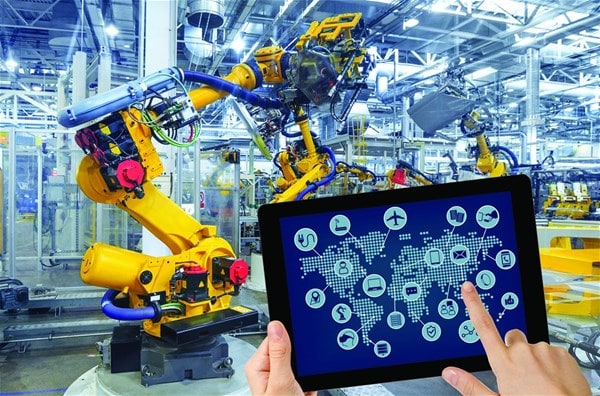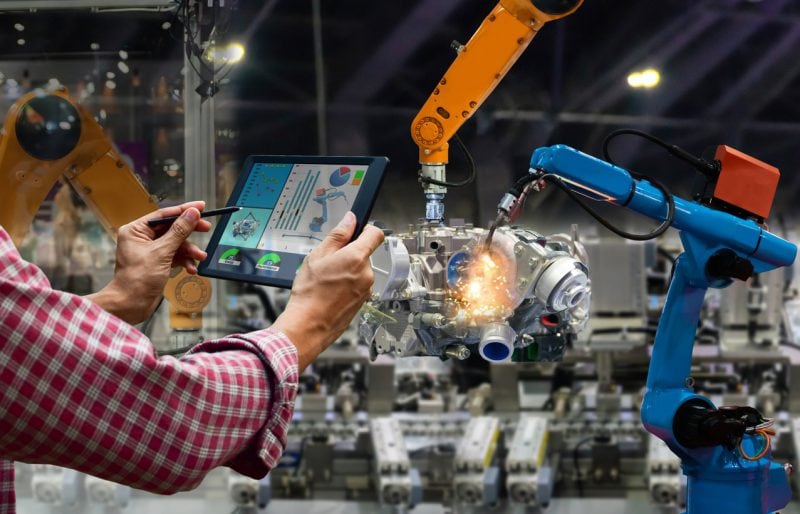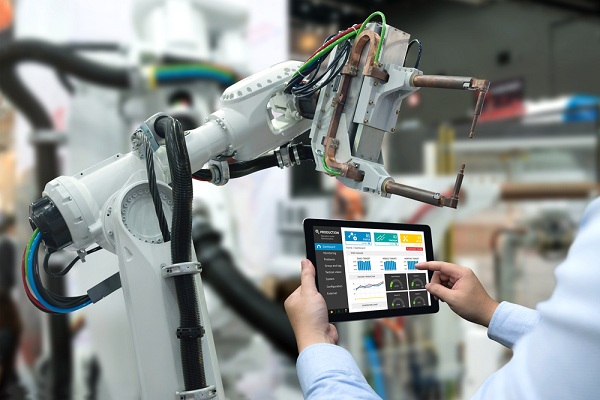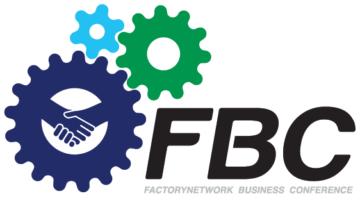
1. Introduction to industrial IoT (IIoT) for process automation
What is Industrial IoT?
Industrial IoT (IIoT) refers to the integration of smart sensors, cloud computing, and AI-driven analytics in manufacturing and industrial processes. It enables real-time monitoring, predictive maintenance, and automation, transforming traditional industries into smart factories aligned with Industry 4.0 principles. By leveraging IIoT solutions, businesses can achieve greater efficiency, reduced operational costs, and improved decision-making.

Why is IIoT crucial for process automation?
Modern manufacturing requires real-time data analytics and automated process control to stay competitive. Industrial IoT plays a crucial role by offering:
-
- Real-Time Data Collection & Analytics – IIoT sensors continuously monitor equipment and production metrics.
- Remote Monitoring & Predictive Maintenance – AI-powered analytics predict failures before they occur, reducing downtime.
- Increased Productivity & Cost Savings – Automation eliminates inefficiencies, optimizing resource utilization and lowering operational expenses.
With IIoT-driven process automation, manufacturers can significantly improve scalability, flexibility, and overall production efficiency.
2. Key applications of industrial IoT in process automation
2.1 Real-Time monitoring and smart sensors
IoT-enabled smart sensors track machine health, ensuring optimal performance and preventing unexpected breakdowns. These sensors measure critical parameters such as:
-
- Temperature, vibration, and pressure – Detecting early signs of equipment failure.
- Operational efficiency monitoring – Ensuring machines operate at peak performance levels.
- Live analytics dashboards – Providing real-time data insights for proactive decision-making.

2.2 Predictive maintenance with IIoT
Traditional maintenance strategies rely on scheduled inspections, often leading to unnecessary downtime or sudden failures. With IIoT-powered predictive maintenance, businesses can:
-
- Detects anomalies before breakdowns occur, extending equipment lifespan.
- Reduce unplanned downtime, improving overall factory efficiency.
- Optimize maintenance schedules, cutting unnecessary repair costs.
By leveraging AI-driven IoT analytics, manufacturers can achieve smarter asset management and reduced maintenance costs.
2.3 Energy and resource optimization
Smart IoT solutions enable factories to minimize energy waste and optimize resource usage. AI-driven IIoT platforms can:
-
- Monitor electricity, water, and gas consumption to detect inefficiencies.
- Automatically adjust energy usage based on real-time demand.
- Reduce overall carbon footprint, supporting sustainable manufacturing practices.
2.4 Automated quality control and defect detection
IIoT plays a vital role in automated quality assurance, ensuring consistent product standards through:
-
- Machine vision & AI-powered analytics – Real-time defect detection on production lines.
- Automated compliance monitoring – Reducing errors in industries with strict quality regulations.
- Data-driven insights – Enhancing product reliability and reducing waste.
2.5 Supply chain and logistics optimization
IIoT enables real-time tracking of inventory, shipments, and logistics operations. Key applications include:
-
- IoT-powered asset tracking – Monitoring raw materials and finished goods.
- AI-driven demand forecasting – Preventing overstocking and shortages.
- Automated fleet management – Optimizing logistics routes and delivery efficiency.
By implementing IIoT-driven supply chain automation, businesses can cut operational costs and improve delivery accuracy.
3. Benefits of implementing IIoT in process automation
The adoption of Industrial IoT (IIoT) for process automation provides numerous benefits, helping manufacturers optimize operations, improve efficiency, and reduce costs. By leveraging real-time data analytics, AI-driven automation, and predictive intelligence, IIoT transforms traditional industrial processes into smart, interconnected systems.
Enhanced Operational Efficiency
IIoT eliminates manual inefficiencies by automating data collection, monitoring, and process adjustments. Real-time tracking of machine performance, production rates, and energy consumption allows manufacturers to optimize workflows, minimize bottlenecks, and reduce human errors. This level of automation significantly improves production speed and consistency.
Data-driven decision making
With IoT-driven insights, manufacturers can make strategic, data-backed decisions. Advanced analytics platforms process real-time data from connected devices, providing businesses with actionable intelligence for improving production schedules, inventory management, and equipment performance. AI-powered predictive models enable companies to foresee demand fluctuations, optimize resource allocation, and make proactive operational adjustments.

Reduced costs and downtime
Predictive maintenance powered by IIoT significantly cuts costs associated with unexpected equipment failures and repairs. By analyzing machine health indicators such as vibration levels, temperature fluctuations, and performance anomalies, IIoT systems can identify potential failures before they occur, allowing for timely maintenance and repair scheduling. This proactive approach reduces unplanned downtime, enhances asset lifespan, and lowers maintenance expenses.
Increased scalability and flexibility
IIoT solutions are cloud-enabled, allowing businesses to scale their automation systems effortlessly. Companies can start with a small-scale IoT implementation and gradually expand it across multiple production lines and facilities. Additionally, IIoT platforms offer customizable automation capabilities, ensuring flexibility to adapt to different industry requirements, product variations, and market demands.
Compliance and safety improvements
IIoT helps businesses maintain regulatory compliance and workplace safety by automating environmental monitoring, equipment safety checks, and hazard detection. Smart sensors continuously track air quality, temperature, and equipment integrity, triggering automated alerts when unsafe conditions are detected. This proactive risk management system minimizes workplace accidents and ensures compliance with industry safety standards.
5. Challenges in IIoT adoption and how to overcome them
While IIoT offers immense benefits, businesses often face challenges in adopting and integrating IoT-driven process automation. Below are the most common obstacles and strategies to overcome them.
Cybersecurity & Data Privacy Risks → Implement Industrial-Grade Encryption
With large volumes of sensitive production data being transmitted, cybersecurity is a major concern. Businesses must implement industrial-grade encryption protocols, multi-factor authentication (MFA), and secure cloud access to prevent cyber threats. AI-powered security solutions can also detect anomalies and unauthorized access in real-time, enhancing data protection.

Integration with Legacy Systems → Use Edge Computing & IoT Gateways
Many industrial facilities operate on legacy machinery that lacks built-in connectivity. Instead of full equipment replacements, businesses can integrate IoT gateways and edge computing devices to enable seamless data exchange between old and new systems. This strategy ensures a cost-effective and smooth transition to IIoT-based automation.
High Initial Investment → Adopt Scalable IoT Models with Phased Implementation
Implementing IIoT requires hardware installations, cloud infrastructure, and software integration, leading to high upfront costs. To mitigate financial risks, companies can start with pilot projects focusing on high-impact areas, such as predictive maintenance or energy optimization, before scaling IIoT across the entire operation.
Workforce Upskilling → Train Employees on IoT Platforms & Analytics Tools
As manufacturing transitions toward automation and data-driven decision-making, employees need new skill sets. Businesses should invest in training programs, enabling workers to analyze IIoT-generated insights, manage connected devices, and operate AI-driven automation systems. Upskilling ensures a smoother adoption process and maximizes IIoT benefits.
6. The future of industrial IoT and smart automation
As IIoT adoption accelerates, the future of smart manufacturing will be shaped by technological advancements in AI, 5G, and sustainable IoT solutions.
AI & Machine Learning Enhancements – Self-Optimizing IoT Networks
AI-powered self-learning IIoT networks will continuously optimize processes, predict maintenance needs, and improve efficiency without human intervention. These autonomous systems will make real-time adjustments, ensuring maximum productivity and cost savings.
5G & Edge Computing Integration – Faster, Real-Time Industrial Automation
The integration of 5G and edge computing will enable ultra-fast data processing, allowing IIoT devices to operate with millisecond-level response times. This will enhance real-time monitoring, predictive intelligence, and robotic automation, making industrial processes more efficient and responsive.
Read more: Robotic systems integration in manufacturing
Sustainable IoT Solutions – Energy-Efficient & Eco-Friendly Automation
IIoT is playing a crucial role in sustainable manufacturing. AI-driven energy optimization will reduce electricity, water, and gas consumption, helping industries lower carbon footprints. Additionally, smart waste management systems will ensure efficient material usage, promoting environmentally friendly production practices.
Industries Leveraging Industrial IoT Will Lead the Next Wave of Smart Automation
Companies that embrace IIoT solutions will gain a competitive edge in efficiency, sustainability, and scalability. As smart factories continue to evolve, Industrial IoT for process automation will remain the cornerstone of digital transformation in manufacturing




